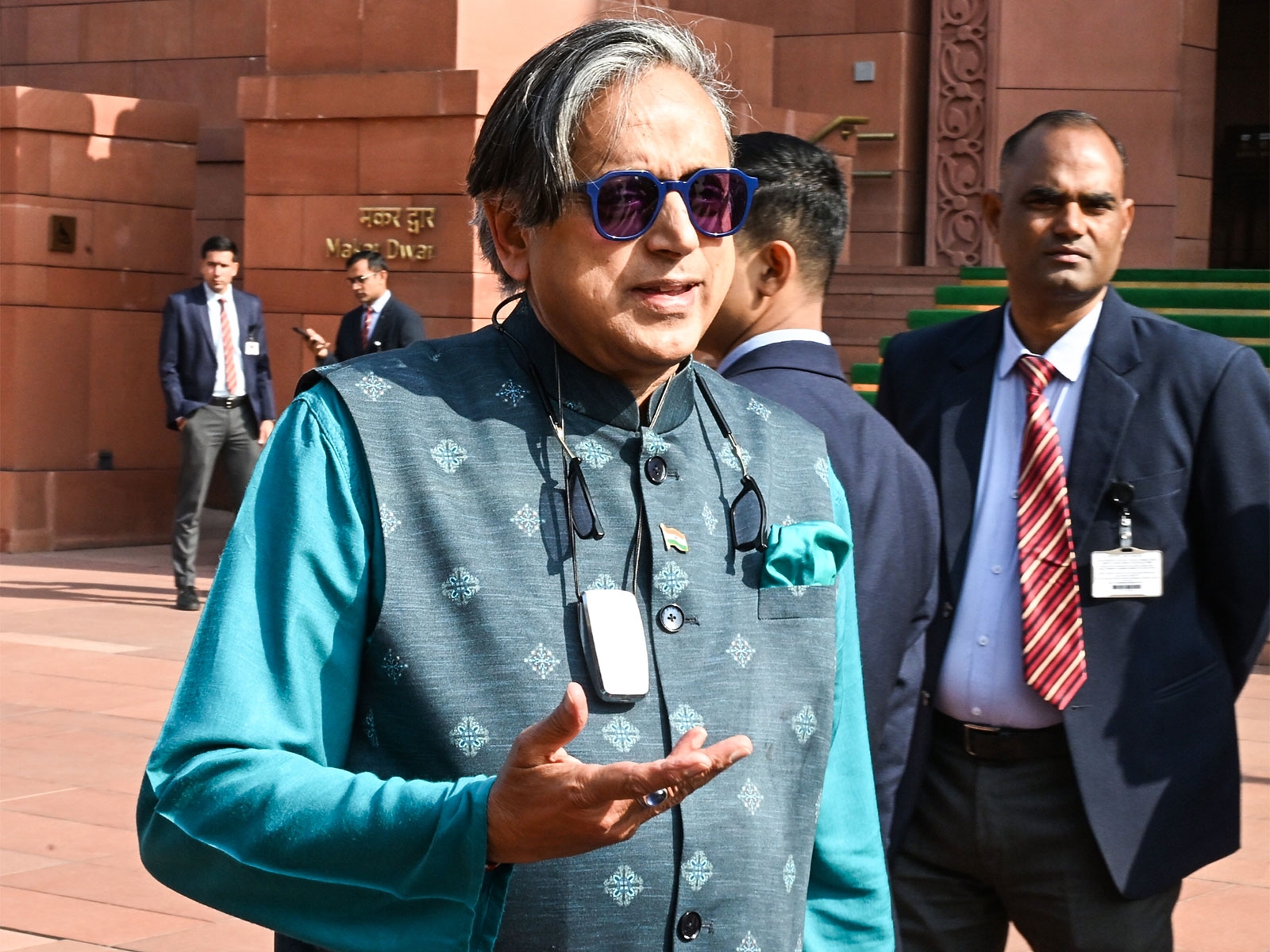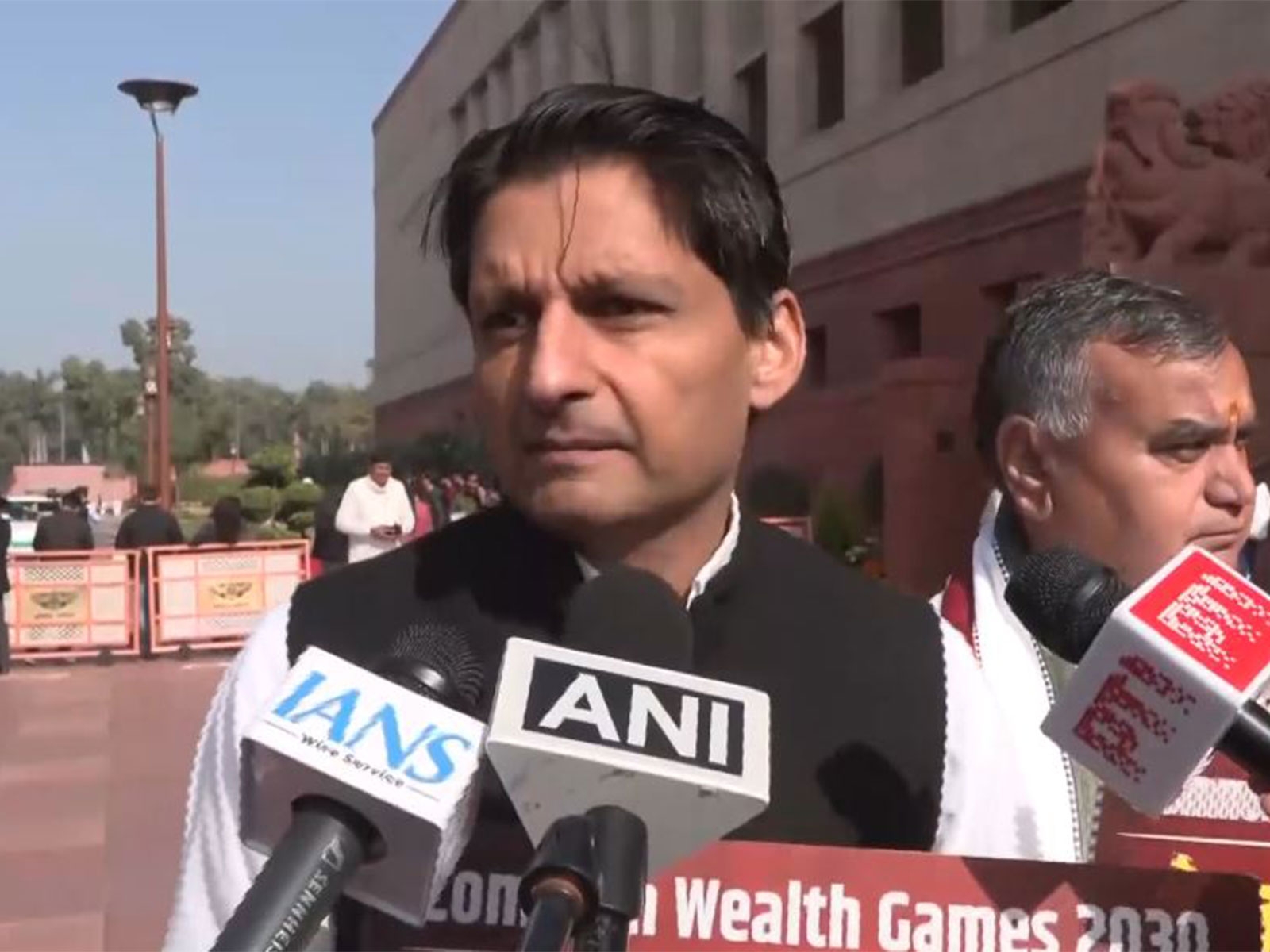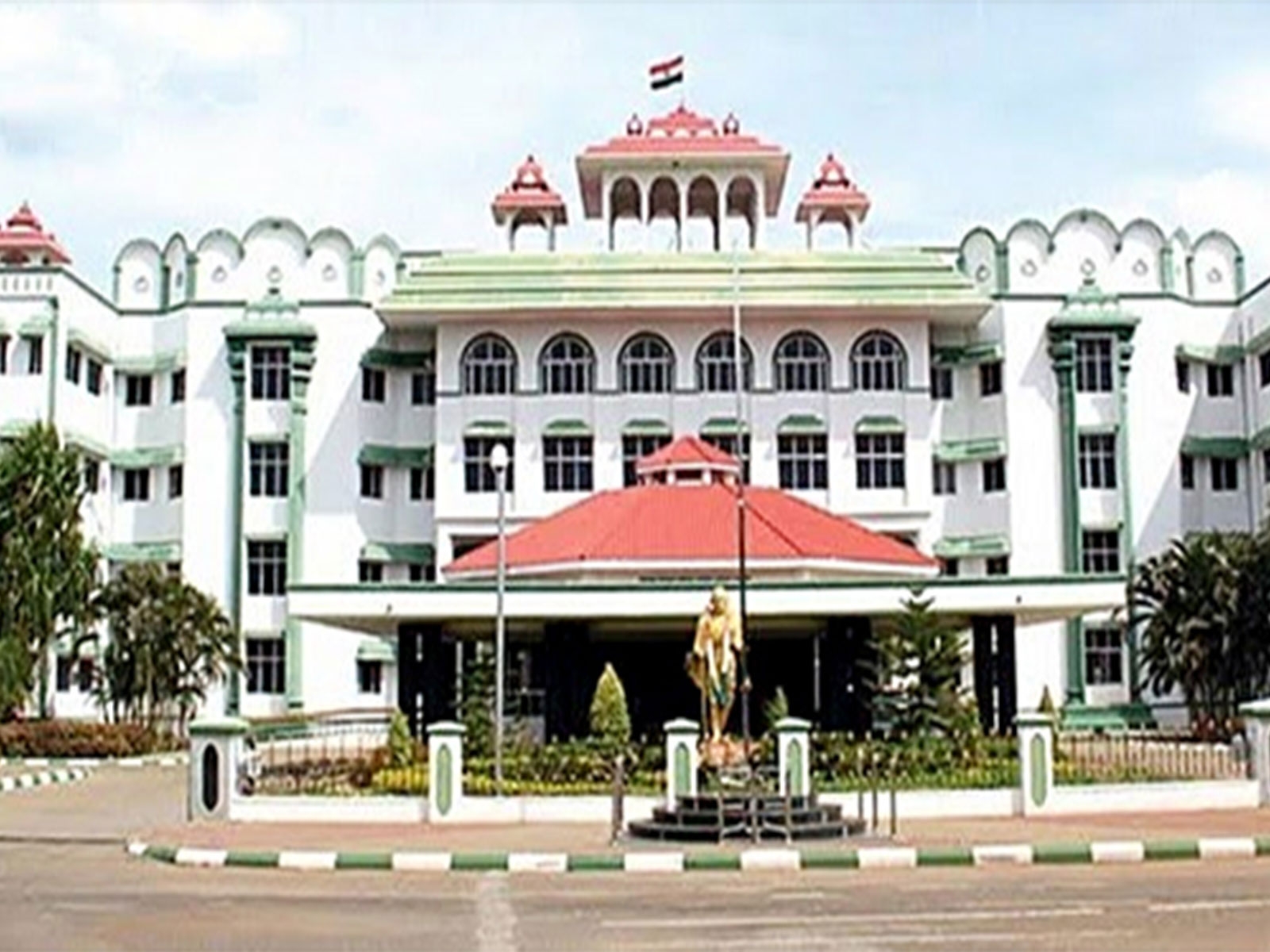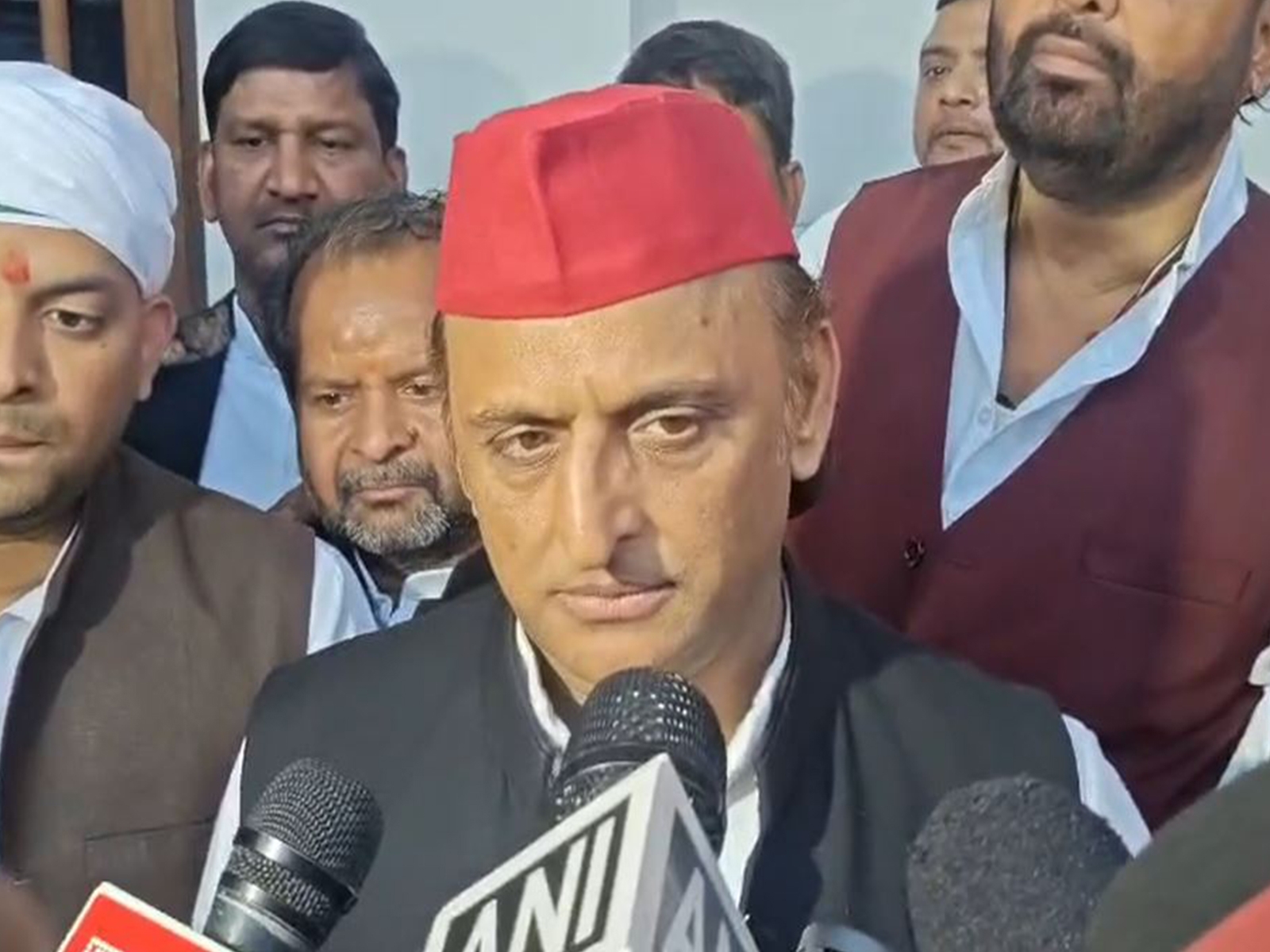Big Bang: Modi's Digital India initiative explained

The plan
- PM Narendra Modi to inaugurate projects worth Rs 1.13 lakh crore under Digital India initiative.
- All e-governance and digital engagement projects will come under the Digital India umbrella.
- National Optical Fibre Network (BharatNet) and Aadhar will power the initiative.
The efficacies
- Official documents and basic utilities like water and cooking fuels can be procured online.
- Citizens can use digital means for personal growth through literacy and employment.
- Govt hopes to retail broadband at Rs 150 per month in poor states and Rs 250 per month in others (speeds between 2 Mbps and 20 Mbps).
- Digital lockers will be created for citizens to store their e-receipts and various documents securely.
The promises
- Broadband connectivity will reach 2.6 lakh panchayats.
- This will help the most far-flung citizens get e-connected.
- \'Digital empowerment of citizens\' will be a big focus. Learning resources will be put online in all Indian languages.
- Rural workforces will be pulled in and trained; the northeast states will be made an attractive destination for companies.
The questions
- The initiative will raise many questions about inclusion, feasibility, implementation, data privacy and cost.
Prime Minister Narendra Modi's obsession with technology is well known. Be it campaigning through a 3D hologram of himself or clicking selfies with the leaders of the world, Modi lives in the digital space, and on 1 July, he launches the ambitious Digital India (DI) initiative.
Some of the biggest industry leaders - Airbus Group CEO Tom Enders, Tata Group chairman Cyrus Mistry, Reliance Industries chairman Mukesh Ambani and Wipro chairman Azim Premji - are expected to be among the 400 corporate executives present when Modi unveils the initiative.
Modi is inaugurating projects worth Rs 1.13 lakh crore in style. The DI initiative will fall chiefly under the Ministry of Information and Technology. He is likely to launch the logo using a laser beam in front of a crowd of over 10,000 people. The event will also be telecast live on various television channels.
Inevitably, the initiative will raise many questions about inclusion, feasibility, expense, desirability, data privacy and surveillance.
While many of the objectives of the initiative seem laudable, it is educative to remember that Chief Minister Chandrababu Naidu, the original tech-politician, faced a crushing defeat after he had spent most of his energy trying to turn Hyderabad into a digitized world class city, to the neglect of the agrarian hinterland.
In a country where a majority still doesn't have access to electricity, internet or the most basic of health services, the DI initiative seems geared merely for the affluent and urban.
Equally, so far, many of Modi's most flamboyant, big-picture pronouncements have had disappointing follow through: Make in India, Smart Cities, Swachh Bharat, to name just a few.
However, at least in its stated intent, the DI initiative seems to want to include rural India. It promises to create broadband connectivity to 2.5 lakh panchayats by the end of 2016.
In the months ahead, the initiative will merit closer scrutiny on many counts, but for now, here's an explainer on what the initiative is about, and why it would seem exciting to many.
The bare bones
The Digital India (DI) initiative will be the umbrella programme for all electronic governance and digital engagement projects of the Government of India.
The DI initiative attempts a comprehensive and interconnected digitisation of government services, as well as various kinds of interactions between the government and the citizens - from getting official documents, to basic utilities like water and cooking fuels, to submission of opinions and ideas for planning of governmental activities.
DI will be the umbrella program for all e-governance and Govt of India's digital engagement projects
Simultaneously, it aims to build infrastructure for and provide necessary training and opportunities for the Indian workforce to effectively take part in the global knowledge economy.
In a larger scheme of things, DI will also help shape a combined policy vision for broad-based and interconnected electronic governance on one hand, and industrial policy for building capacity for a digital economy on the other. Government has a set a deadline of 2018 for accomplishing all objectives of DI.
More features
Along with the declaring a government-wide digitisation of processes and delivery of services, the DI initiative has a strong emphasis on enabling the citizens to use digital means for personal growth through literacy and employment, and for easier and quicker interfacing with government agencies.
DI will allow, using a unique Aadhaar ID and National Optical Fibre Network (recently renamed BharatNet) to create a digital identity for a citizen, or a resident, with an unique number by which all government agencies can address the person and identify all communications between the person and the agency.
Communicating with government agencies through digital channels, of course, requires the person to have access to the internet. DI comes in the wake of the government rolling out the National Optical Fibre Network across 20,000 village panchayats.
The network forms the backbone of Digital India, as it will provide high-speed broadband connectivity. The government has set a target of widening the network to all 2.5 lakh panchayats by the end of 2016.
After laying the hardware, the government is hopeful of retailing broadband services on the network at less than Rs 150 per month in poorer states and at about Rs 250 per month in the more economically-advanced states.
The targets are ambitious - speeds between 2 Mbps and 20 Mbps for all households and on-demand capacity to all institutions.
Another big feature will be the creation of 'digital lockers'. Citizens communicating with government agencies over the internet will require a secure storage space for their e-receipts and various documents - this is what government calls 'digital lockers'.
'Digital empowerment of citizens' is also a big area of focus. Learning resources will be put online in all Indian languages, and citizens will be encouraged to participate in government functioning.
Make in India angle
All these initiatives are listed under 'information for all' - one of the nine pillars of the DI agenda.
Two other pillars of the DI initiative focus on enabling the digital Indian economy - encouraging electronics manufacturing and generation of more IT jobs, all part of Modi's 'Make in India' pitch.
A key goal here is the target of 'Net Zero Import' - bringing exports to the levels of import - of electronics products by the year 2020.
There will be also be a focus to rope-in rural workforces and regions with lesser density like the North Eastern states, and make them attractive enough for IT industries to set up shop there.
First published: 1 July 2015, 4:19 IST

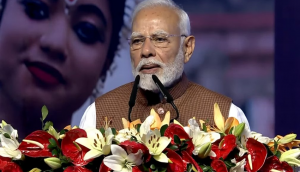

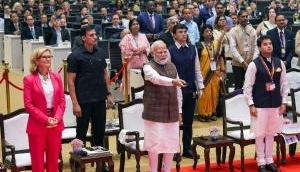
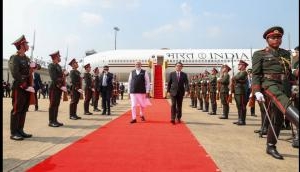
![BJP's Kapil Mishra recreates Shankar Mahadevan’s ‘Breathless’ song to highlight Delhi pollution [WATCH] BJP's Kapil Mishra recreates Shankar Mahadevan’s ‘Breathless’ song to highlight Delhi pollution [WATCH]](https://images.catchnews.com/upload/2022/11/03/kapil-mishra_240884_300x172.png)

![Anupam Kher shares pictures of his toned body on 67th birthday [MUST SEE] Anupam Kher shares pictures of his toned body on 67th birthday [MUST SEE]](https://images.catchnews.com/upload/2022/03/07/Anupam_kher_231145_300x172.jpg)


